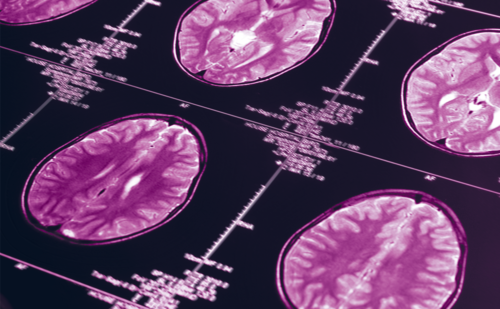Abstract
Childhood absence epilepsy (CAE) is one of the most common forms of paediatric epilepsy. However, there is still a gap between the prevalence of CAE in paediatric epilepsies and the paucity of available data regarding its therapeutic management. Only nine randomised controlled trials have been published in the field over the past four decades, with many suffering from major methodological limitations. A recent large randomised double-blind controlled trial reported that ethosuximide and sodium valproate are the most effective anti-epileptic dugs in CAE and that cognitive performance appears to be better with ethosuximide than with sodium valproate. Although lamotrigine also demonstrated anti-absence properties in the same trial, it proved to be significantly less efficacious than ethosuximide or sodium valproate. Despite these recent advances, several questions, including long-term outcomes, management of refractory CAE and treatment duration, remain unanswered and further studies are required to refine therapeutic decisions.
To view the full article in PDF or eBook formats, please click on the icons above.













